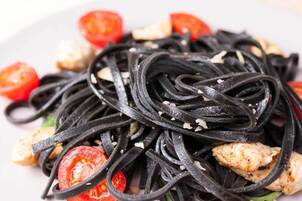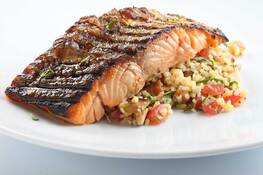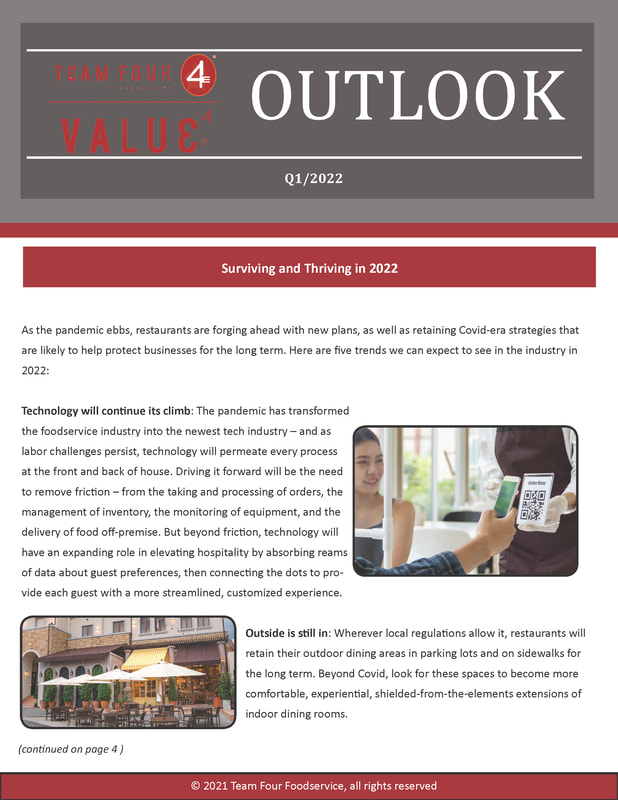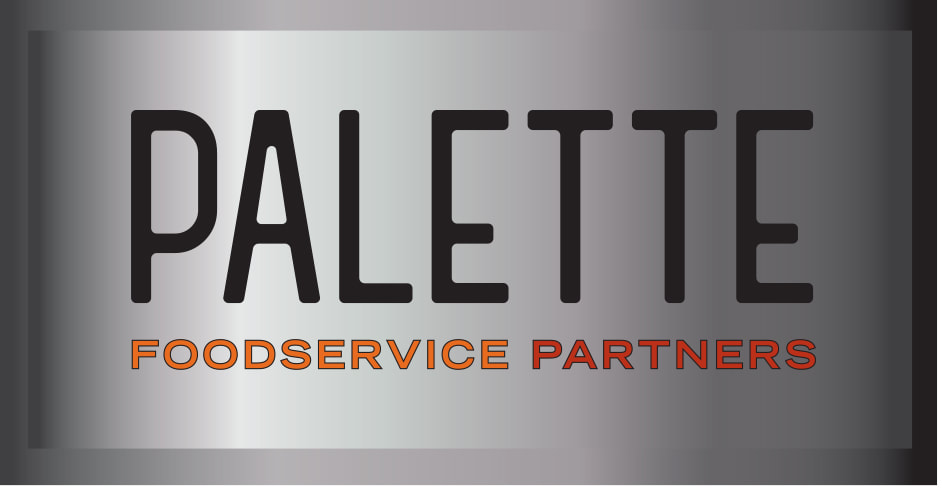 Before the pandemic, restaurant delivery packaging was making strides toward sustainability as greener containers, no-cutlery-included policies and reusable containers were all on the rise. While those efforts stalled a bit amid lockdowns and supply chain challenges, industry analysts expect sustainable packaging to rebound in a big way this year. It helps that consumers have expressed greater willingness to pay for it than in the past: A McKinsey study found that 60-70 percent of consumers said they would pay more for sustainable packaging. Further, how the packaging communicates sustainability is important too: Approximately 35-36 percent of the survey respondents said they would buy additional sustainably packaged products if they were more available in stores, available for more products, and better labeled to indicate green packaging. In terms of materials used, consumers are interested in recyclable and recycled plastic packaging, fiber-based packaging, higher levels of recycled content in the products they use, and increased compostable packaging options. In your business this year, how can you improve your sustainability and communicate it through your packaging? Consider not only adopting new packaging materials but also offering reusable options, labeling the green packaging you use to demonstrate your efforts to guests, promoting those efforts on your website and social media, and encouraging guests (via your website and digital ordering channels) to be mindful of the environment when using takeaway packaging.  Consumers are eager to eat alternative proteins. The research firm NPD group found that in April 2021, shipments of alternative protein products from food service distributors to commercial restaurants had climbed by 60 percent year-over-year. Further, a report released in January from The Good Food Institute predicted there would be continued diversification of alternative protein sources in the months ahead. As consumers and restaurants seek out more sustainable sources of nutrients, how far are you stretching the boundaries of what protein looks like on your menu? In addition to substitutes for animal protein, think about naturally plant-based sources including beans, seeds, grains and fortified pastas.  Consumers have always turned to restaurants for comfort – and amid an ongoing years-long pandemic and a shaky economy, comfort is especially welcome right now. A Food & Wine survey of chefs at the end of 2021 revealed that comfort foods are likely to maintain their hold in 2022, with restaurants offering elevated twists on comfort-food classics. That could mean nostalgic foods like meatloaf or mac & cheese but with global flavors, starchy foods like breads and pastas prepared fresh, or simple appetizers and entrées that connect people with the recipes they experimented with and enjoyed during lockdowns.  Tap into the freedom of plant-based dishes From the plant-based chicken nuggets increasingly available at quick-service brands up to the sushi-grade vegan calamari coming to market, new plant-based foods are flooding restaurant menus. According to the Rethinking Meatless report by taste and nutrition company Kerry, plant-based menu items have skyrocketed 800 percent over four years. As the options have gotten tastier and gone mainstream, even carnivores are enjoying them: A 2021 survey from the market research firm Piplsay found that of 30,700 people polled, 71 percent said they had heard of plant-based meat substitutes at quick-service restaurants. Of those, 54 percent had tried the alternatives – 72 percent of whom identified as meat eaters. Plant-based options on restaurant menus are likely to expand even further. The Impossible company alone launched a record number of products in late 2021, including plant-based sausage, chicken nuggets, pork and meatballs. But even if you don’t offer these particular items on your menu, consumers’ desire for plant-based food takes the pressure off of restaurant brands to offer a particular animal protein – and that’s a great thing when inflation is high and supplies are uncertain. At a time when a restaurant customer happily orders an Impossible burger or one made from quinoa or black beans or lentils or vegetables, there is room for chefs to innovate – and to make creative substitutions based on what ingredients happen to be available and affordable at a given time.  Amid food shortages, every chef welcomes an ingredient that is readily available and less susceptible to market fluctuations. It’s a good time to fill your toolbox with some flexible, practical ingredients that can stretch your inventory. One example: plantains. They tend to be plentiful and affordable, and they add interest to dishes ranging from appetizers to entrées to desserts. But their best quality may be that they can be cooked at any stage of ripeness – so you can adapt them to changes in your menu, to shifting patterns in customer traffic and even to earlier- or later-than-expected shipments to your facility. Can you identify more powerhouse ingredients with similar qualities that might help you spread your inventory farther right now?  Consumers are eager to get restaurant meals – but soaring consumer prices (inflation is at its highest rate in 40 years) can create a barrier. This often means that a meal eaten at a restaurant or taken out has to be extra special. Are there ways you can level up the experience of your menu with a memorable presentation or ingredient? Your appetizer and dessert menus are ideal places to start, since your guests may not prepare multi-course meals for themselves at home.  The pandemic has put the supply chain in the spotlight and revealed the pressing need for more local, sustainable sourcing – not only to help foodservice businesses be more environmentally friendly but to help them sustain operations altogether. Increasingly, it’s an issue that more Americans are thinking about: According to Statista research, 41 percent of Americans are interested in sustainable meat and 59 percent in sustainable seafood. While developing a more local, sustainable supply chain may sound more feasible for larger, resource-rich restaurants that consumers expect to have frequently changing menus – not so much for burger chains with more static options – this is another belief that the pandemic has turned on its head. Jill Taylor, the outgoing CEO of the regional burger chain Burgerville, recently spoke with Bloomberg about how she has brought a regional, sustainable focus to a quick-service chain – and how leaning into that focus during the pandemic has helped the brand to maintain profitability throughout. That has meant sourcing local mint and offering mint milkshakes on the menu in certain Pacific Northwest locations, and being open to changing up menus with local specialities in other regions of the country depending on what’s available. While the chain’s commitment to supporting local, sustainable producers has resulted in a more expensive burger, more consumers may be willing to support a business that holds (and promotes) these values. Do you know how your guests feel about sustainability? Would they spend a few more dollars on their meal if they felt good about the origins of the food on their plate? |
Subscribe to our newsletterArchives
July 2024
Categories
All
|




 RSS Feed
RSS Feed